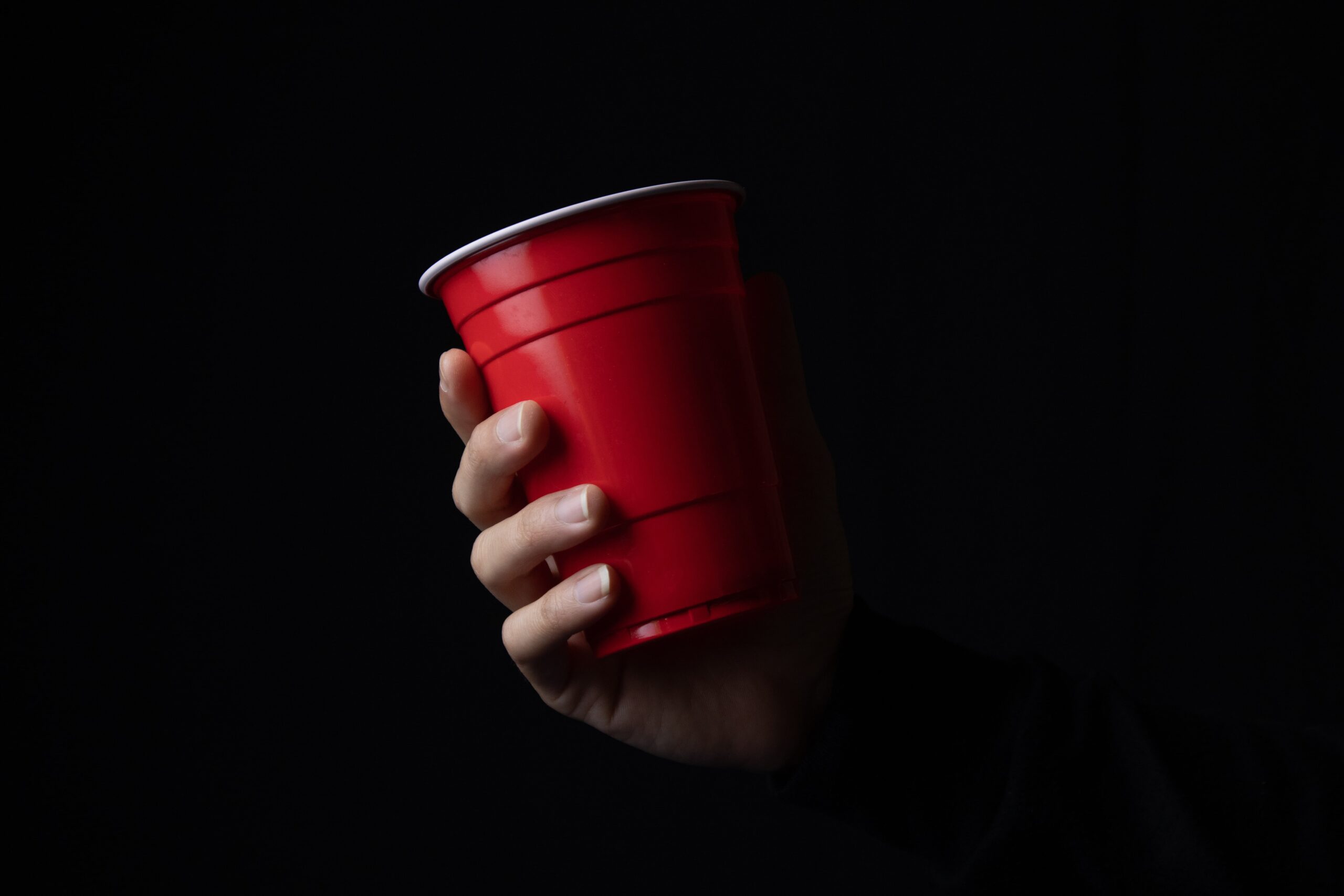
It’s a sweet, syrupy mixture that has been celebrated in rap music for decades. But lean isn’t just a candy-flavored thirst quencher. It is a dangerous recreational substance with effects that can include addiction, overdose, and even death.
Lean is one of several names given to an illicit recreational concoction that often includes cough syrup, flavored soda, and hard candy. Other common names for it include purple drank, syrup, and sizzurp.
Given lean’s popularity within the hip-hop community, you could probably refer to it simply as the drink that rappers drink, and most fans would understand what you’re talking about.
Unfortunately, what many people don’t understand about lean is that its effects can be life-altering – and in some cases, even life-threatening.
The mixture began to receive national attention in the 1990s, in no small part due to the efforts of DJ Screw, an influential hip-hop artist from the Houston area who released several popular mixtapes that included references to it.
In the ensuing decades, many other rappers and DJs became publicly associated with it, including Pimp C, 2 Chainz, and Lil Wayne. When Lil Wayne was hospitalized in 2013 after having multiple seizures, many speculated that his frequent sizzurp use may have been to blame, though that has never been conclusively proved or disproved.
There’s no “official” recipe for sizzurp. Some sources claim that its origins can be traced to a mixture of Robitussin and beer that was popular with Houston-area blues musicians in the 1960s and 70s.
Regardless of the authenticity of that backstory, a typical cup of purple drank today is a bit different than that. Common ingredients include:
The amount of each ingredient can vary.
Lean’s disorienting effects come from the cough syrup, while the other substances are usually added to make the drink taste better.
Lean’s effects can depend on which type of cough medicine it contains, how much cough medicine is in the mixture, and what other ingredients have also been added.
If the drink includes codeine, which is an opioid, effects can include an easing of pain, improvement in mood, and sedation.
Promethazine, which is an antihistamine, can cause sleepiness and confusion.
If you drink purple drank that has codeine in it, you may feel your breathing and heart rate begin to slow. This will typically be accompanied by a sense of deep relaxation, potentially to the point at which it becomes difficult to stay awake.
Drinking lean can also cause you to experience:
Whether you call the drink lean, purple drank, sizzurp, or something else, one fact remains constant: If it contains codeine, you can become addicted to it.
Codeine is an opioid. This is the same category that includes heroin, morphine, fentanyl, and the active ingredients in many prescription painkillers.
Just because most people don’t consider cough syrup to be an addictive drug, that doesn’t change the truth. If you are abusing prescription-strength cough medicine that contains codeine, addiction is a very real possibility.
As bad as addiction can be, it’s not the only possible danger of drinking lean. Other harmful effects include impaired vision, tooth decay (due to sugar in the soda and hard candy), and seizures.
The most serious danger associated with lean abuse is overdose, which can be fatal. Signs of lean overdose can include:
If you are with someone who exhibits these signs after drinking lean, call 911 immediately, and stay with them until the emergency first responders arrive.
There are many options for treating an addiction to lean (which is actually an addiction to the opioid codeine). Factors that can influence the development of a person’s customized treatment plan include:
Depending on these and other relevant pieces of information, a person’s care for lean addiction may include one or more of the following programs:
During detox, a patient may receive both medical and therapeutic support to help them get through withdrawal. After completing detox, some people continue to take medication to help stave off cravings and other symptoms, while others taper their use of these meds once they have eliminated the remaining codeine from their system.
At the residential, PHP, IOP, and outpatient levels, various forms of therapy can help people learn to control their urges and develop the skills that will support their continued recovery. Examples of therapies and related services that can help people with lean addiction include:
If person’s struggles with addiction to purple drank are related to co-occurring anxiety, depression, or another mental health disorder, they will also need dual diagnosis services to address these concerns.
If you have become addicted to lean, purple drank, or sizzurp, LA Detox is here to help.
Our opioid addiction treatment program in Los Angeles California can connect you with a full continuum of customized services, all provided by skilled professionals in a safe and highly supportive environment.
Don’t let compulsive sizzurp abuse stop you from living the life you deserve. With our help, you can safely end your lean use and begin to build a healthier future in recovery.
To learn more about how we can help you or a loved one, or to schedule a free assessment, please visit our Contact page or call us today.
How long does cocaine stay in your system – and why do some people test…
Meaningful discussions of LGBTQ+ and addiction must address the unique challenges faced by members of…
Alcohol abuse can put a person at risk for a broad scope of serious health…
In certain circumstances, stimulants such as dextroamphetamine and Adderall can help a person experience improved…
SMART Recovery is an alternative to AA and NA for people who are looking for…
One of the side effects of abusing meth is a noticeable change in the individual's…
This website uses cookies.